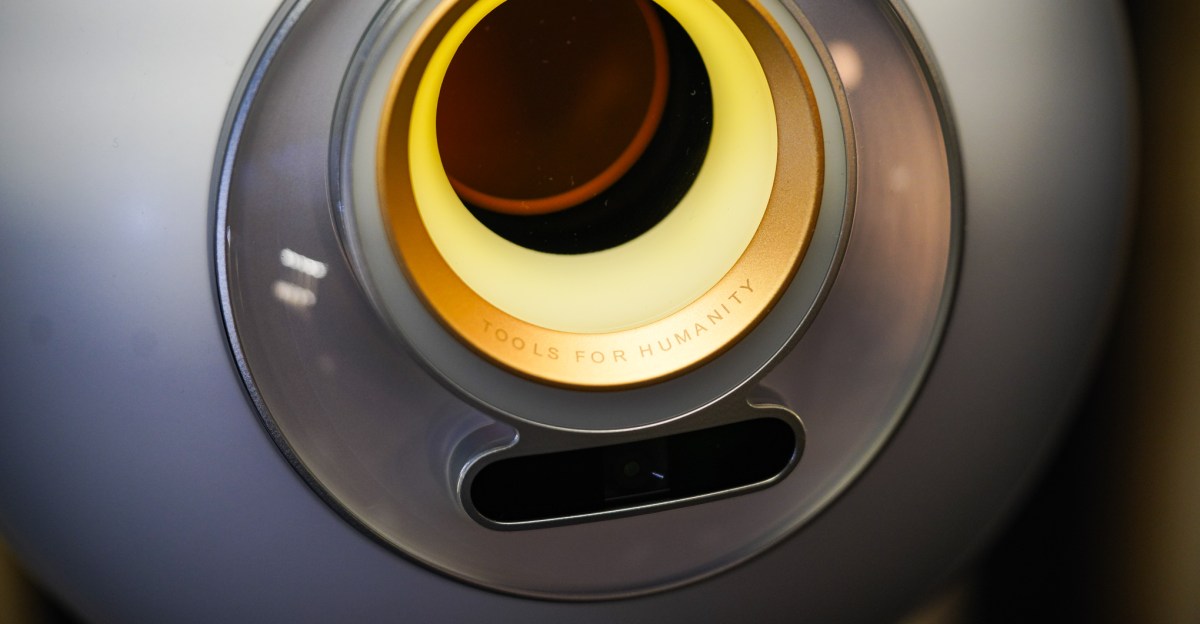Digital Gold or Privacy Gamble? Sam Altman's Worldcoin Crypto Lands in America

Would You Scan Your Eyes for Crypto?
In the rapidly evolving world of cryptocurrency, a groundbreaking biometric authentication method is emerging that could revolutionize digital asset security. Imagine unlocking your crypto wallet with just a glance – no passwords, no complex security tokens, just the unique patterns of your own eyes.
Worldcoin, a cutting-edge startup, is pioneering this innovative approach to digital identity and financial access. Their ambitious vision goes beyond mere technological novelty; they aim to create a global system that democratizes cryptocurrency participation while ensuring robust security.
The process is surprisingly straightforward yet technologically sophisticated. Users undergo an iris scanning procedure using a specialized device called the "Orb," which captures the intricate, one-of-a-kind patterns of their eye. This biometric data is then converted into a unique digital identifier, allowing secure and seamless cryptocurrency transactions.
But Worldcoin's mission extends far beyond simple wallet access. The company envisions a future where this technology can provide universal basic income and financial inclusion for individuals worldwide, particularly in regions with limited banking infrastructure.
While the concept is fascinating, it also raises important questions about privacy, data security, and the ethical implications of biometric tracking. As with any emerging technology, careful consideration of potential risks and benefits is crucial.
Are you ready to unlock the future of cryptocurrency with just a look? The eye-scanning revolution might be closer than you think.
